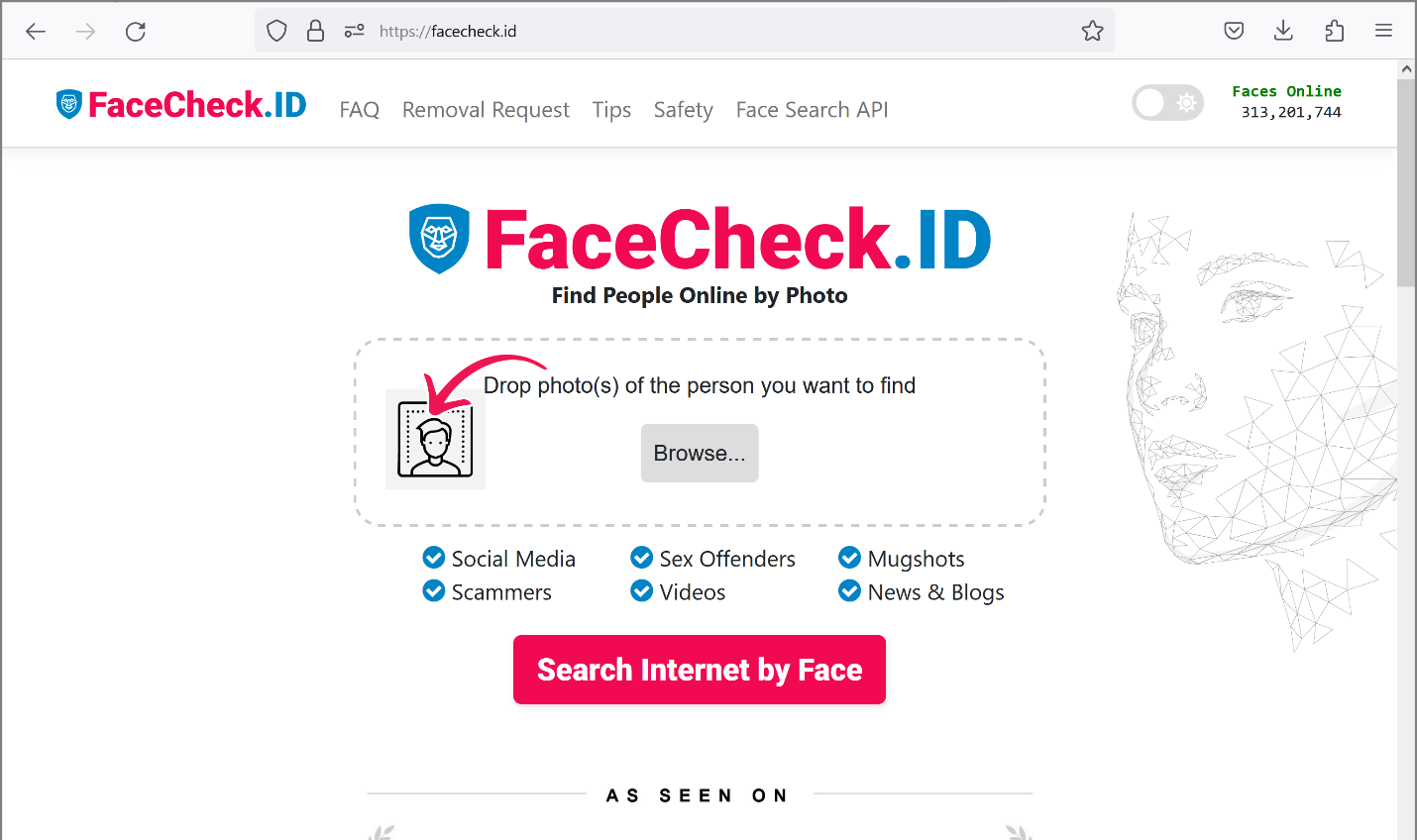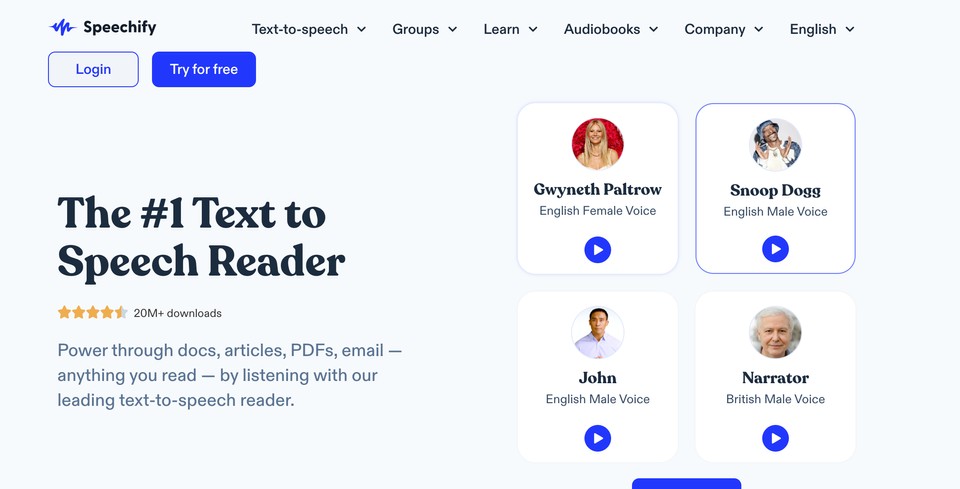As we continue to innovate, the unbelievable is now within reach, particularly for people with disabilities.
With today’s breakthroughs, disabled persons can now do personal tasks easier and even partake in community activities. However, many of these equipment pieces come in stratospheric price tags. Fortunately, government-backed insurance programs, specifically the NDIS plan in Australia, include purchasing innovative equipment designed for PWD’s personal needs.
To help you know more, below are some advanced assistive technology tools and devices covered by disability insurance.
Electric Adjustable Bed
As disabled people often experience pain due to their health conditions, we would want them to endure nothing but extreme comfort. Besides, given that they spend most of the time resting, acquiring an electric bed with a multi-hinged exterior gives them the freedom to choose a preferred position.
Both upper and lower bodies are inclinable; you can also tilt it, adjust the height, and more. Aside from sleeping, this specialized bed allows them to read, eat, and even watch television shows at their convenience.
Vibrating Doorbell
From a deaf and mute perspective, it is hard to distinguish who is around their house, which is quite dangerous. Luckily, the invention of a ‘smart’ doorbell that functions through vibration occurred. Here is how it works. When the bell rings, the scanner’s sensor will automatically capture the person’s unique fingerprint. The said scanner has a wireless connection to a small computer inside the house. Through the help of the computer program, unique fingerprints will automatically link to the disabled person’s contacts. Their phone, paired with a smartwatch, will then receive signals from the computer. Right after, they will feel a particular pattern of vibrations on their wrist depending on how they set it up on a specific app developed for such a purpose. In a nutshell, they can quickly determine if it is a stranger or not through the number and duration of vibration received.
Wheeled Walker with Breaks and Seats
Based on the name itself, a wheeled walker gives support in walking through the help of revolving front wheels and a temporary seat. Those in need can lean on the handle as it moves forward controllably. Moreover, it has handbrakes that they can pull up to slow down. However, there are several things to remember in utilizing this walker. Foremost is to watch out for ramps or slopes to avoid an accident. Hence, this is not allowed to use on stairs and escalators. It is also necessary to lock the brakes before sitting or standing up.
Speech Generating Device
Also known as Voice Output Communication Aids, this device allows disabled people to compose a message and even produce speech. Thus, it gives everyone access to communication by assisting both language comprehension and expression. In addition, SGD comes with various systems that have different sets of features and costs.
Handcycle
Given their condition, PWDs need to have some fun. So with the use of a three-wheeled, self-propelled vehicle known as a handcycle, they can go out to socialize and have exercise at the same time. Its front-wheel works with the help of uniquely designed hand cranks. Many people enjoy these wheels, especially those who suffer from stroke, cerebral palsy, multiple sclerosis, spina bifida, amputations, and spinal cord injuries.
Takeaway
In addition, plan management is the best thing to consider to help you acquire the above items without compromising other needs. It is where a provider supports you in distributing funds in your NDIS plan. Moreover, it will keep you improve your financial and management skills like never before.








Add Comment